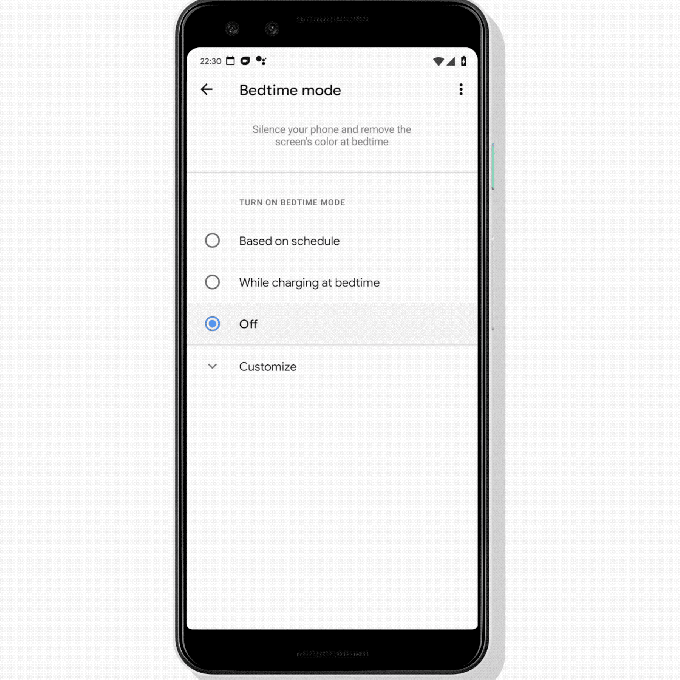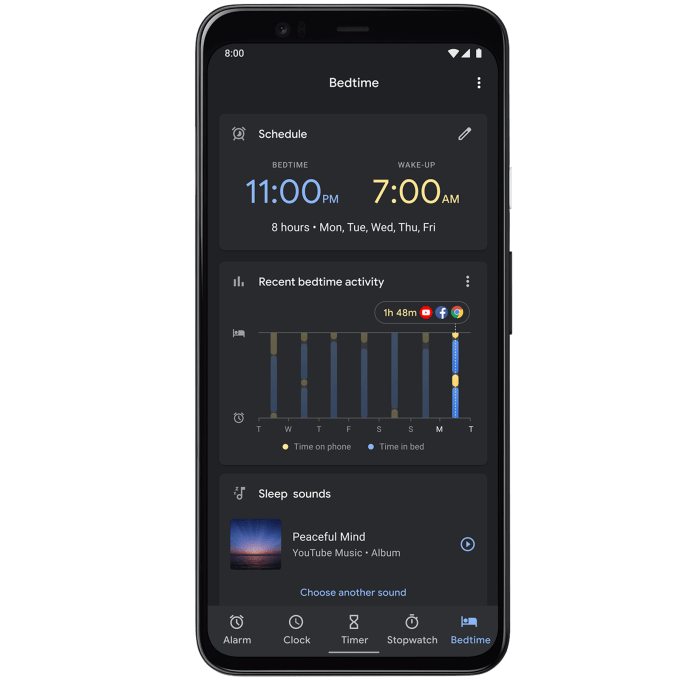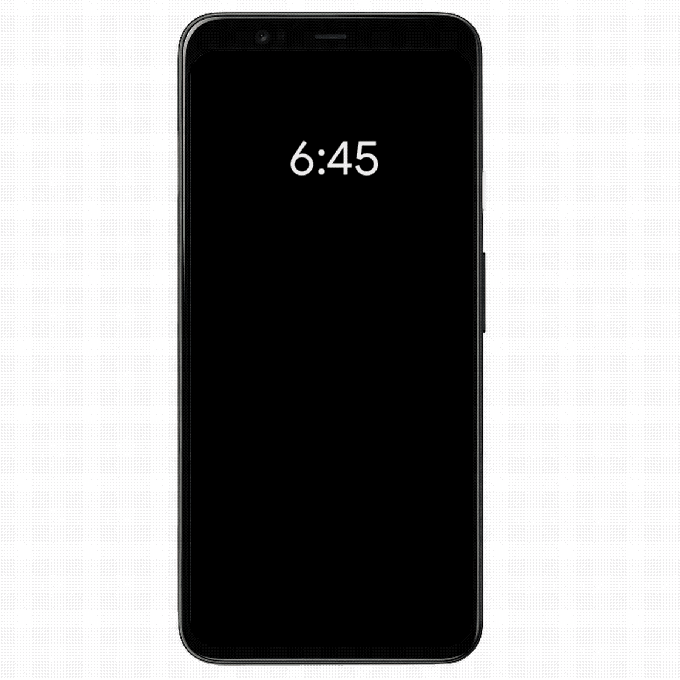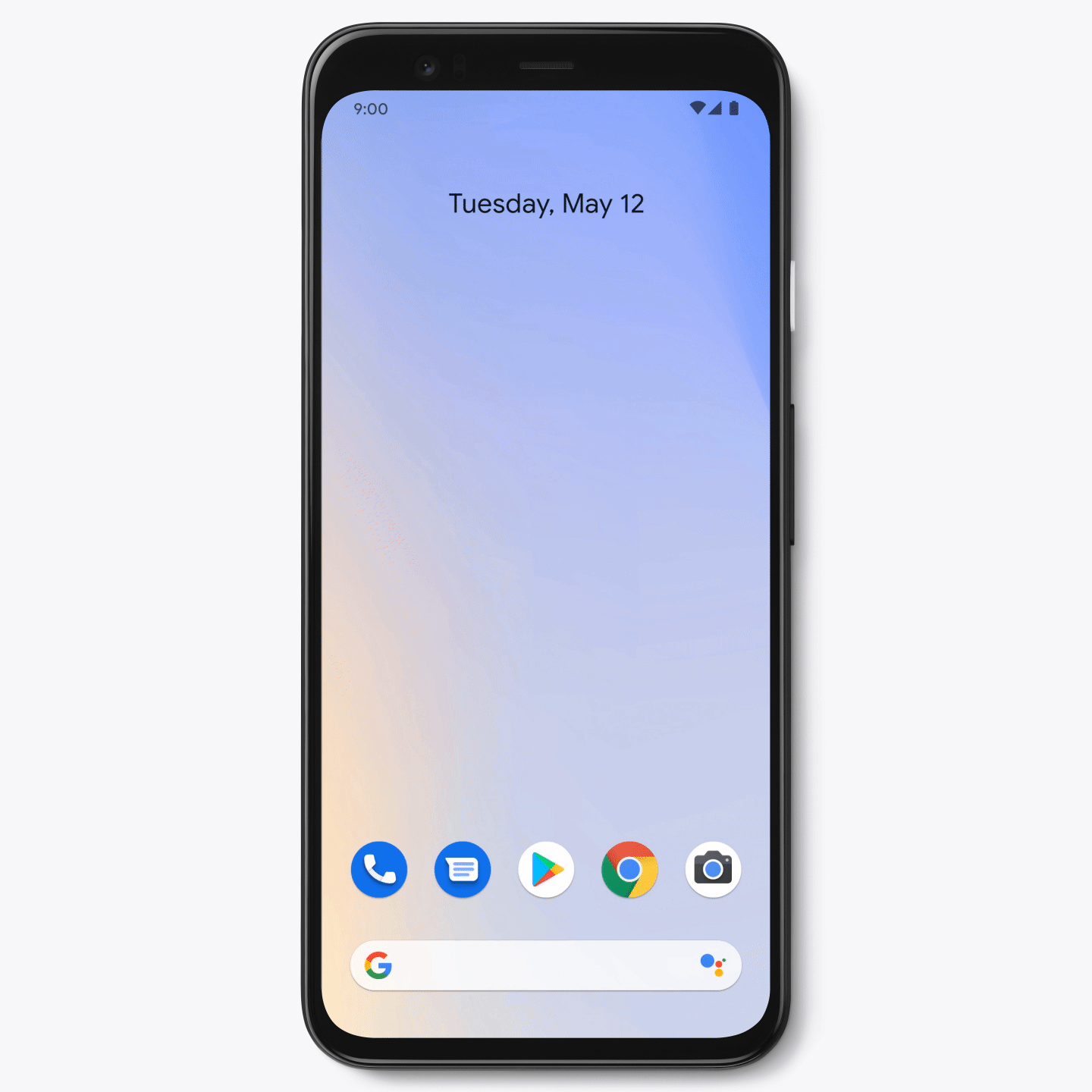On Sunday, a fourth night of protests erupted around the country, spurred on by the May 25 death of George Floyd at the hands of the Minneapolis police. The movement is a response to wide-ranging and systematic inequality that has seen a disproportionate number of black Americans suffer a similar fate, with Floyd’s desperate gasping “I can’t breathe” echoing Eric Garner’s death some six years prior.
Violence broke out over the weekend, with photos and videos emerging of bloodied protesters, bystanders and journalists tasked with covering the events. It takes a lot for an event to dominate headlines in a country suffering from far and away the world’s largest number of COVID-19 deaths, but wide scale movements in Minneapolis, New York, D.C., L.A., Chicago and beyond seem destined to remain top of mind in an already deeply divided nation.
Tech companies and CEOs have begun to weigh in on what amounts to a rather delicate topic for corporations not accustom to rocking the boat on these manner of social issues. Tim Cook, who has a history of publicly addressing social issues, said the company draws strength from its diversity. He also told staff that now is the time to listen,
This is a moment when many people may want nothing more than a return to normalcy, or to a status quo that is only comfortable if we avert our gaze from injustice. As difficult as it may be to admit, that desire is itself a sign of privilege. George Floyd’s death is shocking and tragic proof that we must aim far higher than a “normal” future, and build one that lives up to the highest ideals of equality and justice.
The Apple CEO says the company will be making unspecified donations to the Equal Justice Initiative and other non-profits. It will also be matching two-for-one on all employee donations for June.
Twitter, meanwhile, swapped its standard logo for a black and white version, adding a Black Lives Matter hashtag to its bio. Its diversity account Twitter Together offered the following statement (via tweet, naturally),
Racism does not adhere to social distancing. Amid the already growing fear and uncertainty around the pandemic, this week has again brought attention to something perhaps more pervasive: the long-standing racism and injustices faced by Black and Brown people on a daily basis.
Amazon also took to Twitter, offering the following statement,
The inequitable and brutal treatment of Black people in our country must stop. Together we stand in solidarity with the Black community — our employees, customers, and partners — in the fight against systematic racism and injustice.
AWS head Andy Jassy added on his own account,
*What* will it take for us to refuse to accept these unjust killings of black people? How many people must die, how many generations must endure, how much eyewitness video is required? What else do we need? We need better than what we’re getting from courts and political leaders.
Many were quick to condemn Amazon for perceived hypocrisy. Among the issues here are longstanding complaints over worker treatment, as well as Amazon Web Service’s technologies like facial recognition, which have been utilized by law enforcement.
The ACLU responded rather bluntly,
Cool tweet. Will you commit to stop selling face recognition surveillance technology that supercharges police abuse?
Amazon does not appear to have responded to this most recent question from the organization.
Facebook’s response has also been a mixed bag. Staff have began vocal about their anger around Mark Zuckerberg’s decision to break with Twitter by leaving Trump’s “when the looting starts, the shooting starts” statement in tact. More recently, however, the CEO commitment $10 million to relevant non-profits, adding in a post,
To help in this fight, I know Facebook needs to do more to support equality and safety for the Black community through our platforms. As hard as it was to watch, I’m grateful that Darnella Frazier posted on Facebook her video of George Floyd’s murder because we all needed to see that. We need to know George Floyd’s name. But it’s clear Facebook also has more work to do to keep people safe and ensure our systems don’t amplify bias.
Remarks from Microsoft CEO Satya Nadella posted to LinkedIn briefly touch upon the events in Minneapolis, as well as the recent problematic encounter in Central in which the police were called on birder Christian Cooper,
Our identity, our very existence is rooted in empowering everyone on the planet. So, therefore, it’s incumbent upon us to use our platforms, our resources, to drive that systemic change, right? That’s the real challenge here. It’s not just any one incident, but it’s all the things that have led to the incident that absolutely need to change.
Meanwhile, Snap CEO Evan Spiegel sent a lengthy letter to staff on Sunday, writing,
Of course, the same Founding Fathers who espoused the values of freedom, equality, and justice for all – were predominantly slave owners. Their powerful vision of a nation created by the people, for the people was built on a foundation of prejudice, injustice, and racism. Without addressing this rotten foundation and its ongoing failures to create opportunity for all, we are holding ourselves back from realizing our true capacity for human progress – and we will continue to fall short of the bold vision of freedom, equality, and justice for all.
Spiegel’s letter focuses on his work to understand the struggles as a “young, white, educated male [who] got really, really lucky,” as well as proposals for financial methods for addressing inequality. Specifically, he calls for the establishment of a non-partisan Commission on Truth, Reconciliation and Reparations, as well as an investment in housing, healthcare and education.

from Apple – TechCrunch https://ift.tt/2MiDVv5






